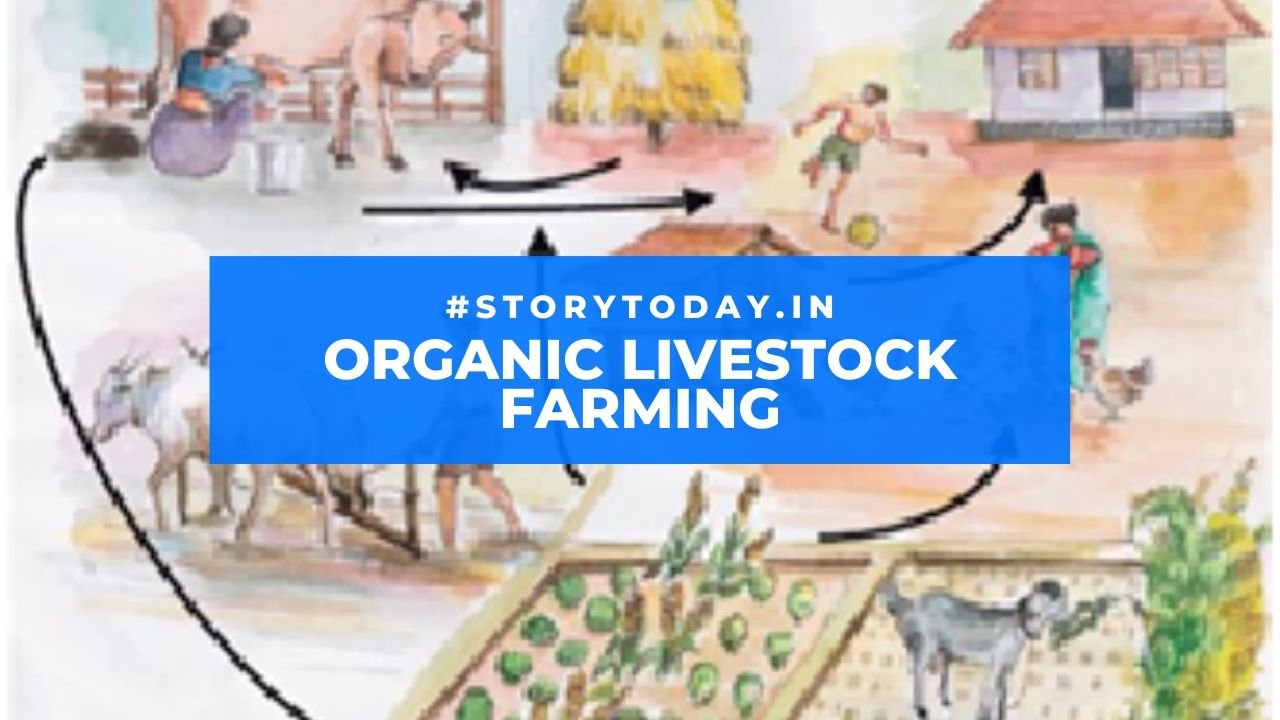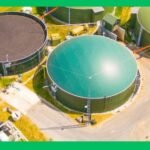Mastitis is the inflammation of breast or udder tissue (Greek, Mastos =breast + itis= inflammation). The inflammation contributes to decreased milk production and is primarily responsible for the compositional changes observed in milk from infected quarters and cows. In general, compositional changes involve an increase in blood components present in milk and a decrease in normal milk constituents. Mastitis is a disease of economic significance in dairy animals affecting quantity and quality of milk produced. It is one of the most common and costly disease affecting dairy cows worldwide. In India (as per 2006) estimates referred in ICAR’s National Agricultural Innovation Project, the estimated annual loss due to mastitis alone is nearly Rs16, 702 millions.
Causes of mastitis: 
Mastitis is multi factorial and costly problems affecting all milk producing ruminants in India. Unfortunately, there is no simple solution to it. It is usually caused by bacteria which reduces milk yield and alters its composition. The magnitude of these changes in individual animal varies with the severity and duration of the infection and the causative microorganisms. These microorganisms produce toxins which directly damage milk-producing tissue of the mammary gland, and the presence of bacteria initiates inflammation within the mammary tissue in an attempt to eliminate the invading microorganisms.
Microbial agents: Many bacterial agents especially Staphylococcus spp., Streptococcus spp. Bacillus spp., E. coli, Klebsiella spp., Mycoplasma spp., Candida, Cryptococcus spp., M. tuberculosis etc.
Sources of transmission of pathogens:
- Contamination by milker’s hands, utensils
- Presence of high density bacteria in the milking shed
- Injury to the milk sphincter
- Infection of Udder with pox virus, FMD virus
- Physical trauma to the udder
- Poorly designed housing with uneven faulty surface
Physical agent: Injury by calves, insects etc.
Chemical agents: Acids, alkali
Environmental factors:
Climate: Extreme cold, draughts, excessive humidity or heat
Housing: Mastitis is less common with loose housing systems than with tied housing systems
Bedding: High humid environmental condition influence the growth of infective microbes
Stress: Animal with more stress have the more chances of mastitis
Genetic factors:
This factor contributes about 12-20 percent of susceptibility to mastitis. High yielding cows are more prone to affected with this condition.
Nutritional factors:
- Sudden changes in ration and/or imbalance in different ingredients favours mastitis. Maintaining the adequate level of minerals especially supplementation of selenium and VitE helps in prevent mastitis.
- Silage and hay: cows fed with hay and grain has greater resistance in every way to several pathogens than cows fed with silage.
- Selenium and vitamin E: Maintaining an adequate level of selenium and vitamin E in the system helps to prevent mastitis.
Symptoms:
In clinical mastitis, udder becomes red, painful, swollen and hard, sometimes fever, and malaise and nipples fissure also noted. There will be also changes in taste and appearance of milk. Milk contains flakes, blood stain particles, pus, mucous etc.
In case of subclinical mastitis, milk appears to be normal, no changes in consistency but milk yield gradually goes down.
Diagnostic approaches:
Presumptive diagnosis of the affected animals can be made through observation of clinical signs and symptoms. For confirmatory diagnosis need laboratory tests. The California Mastitis Test (CMT) can be used for detection of subclinical mastitis at the farmers’ field. For this, equal amount of milk and reagent need to be taken in the paddle and mixed it gently. In positive case clumping/clotting of the mixture takes place. Others laboratory test includes bromothymol blue (BTB) test, modified Whiteside test, trypsin inhibition test, milk pH, and electric conductivity etc.
Treatment:
Affected cows may be treated with drugs viz.,- Pendistrin-Intra- mammary infusion, Mammital- Intra-mammary infusion, Tilox- Intra-mammary infusion, Cephalexin-250-500mg 6 hourly by mouth, Amoxicillin-250-500mg every 8 hours interval
Note: Mastitis infected animals need to be treated with intra-mammary infusions while intramuscular preparations used to control secondary infections.
Prevention and Control:
- Complete milking
- Cleaning of teats before and after milking
- Application of tincture iodine or antiseptic on teat opening after milking
- Thorough and frequent hand washing by soap and antiseptic lotions
- Udder massage lotions, ointments and sprays like Dettol (2.5%), penicillin ointments, chlorhexadine (0.2%), Hypochlorite solution etc.
- Mastilep (Ayurvedic)-best ointment for prevention
- Cleaning of farm premises by 1-2% potassium permanganate solution
- Supplementation of vitamin and mineral especially selenium and vitE
- Proper cleaning of utensils by detergent
- Proper shelter, space, feed and water.
- Separation of diseased animals from healthy stock
- Decontamination of utensils, farming materials, feed and premises
- Post milking teat dip for the prevention of bovine subclinical mastitis e.g. Mastidip (a polyherbal drugs)
Author: Dr. Monuj Kr. Doley, Subject Matter Specialist (Animal Science), Krishi Vigyan Kendra, Karbi Anglong & Dr. Neethi Baruah, Jr. Scientist, RARS, Diphu, Assam Agricultural University / Contact No. 8638251626




